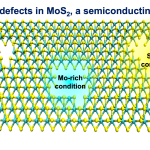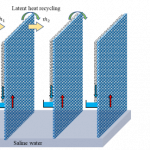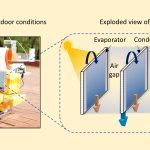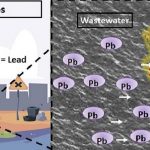With growing global water stress, there is a pressing need to develop potable water technologies with a lower carbon footprint. Enhancing the kinetics of liquid–vapour transition from nanoscale confinements is an attractive strategy for developing evaporation and separation applications. The ultimate confinement limit for evaporation is an atom-thick interface hosting Angstrom-scale nanopores.
Researchers led by Ganapathy Ayappa at the Department of Chemical Engineering and collaborators at EPFL, Switzerland have now developed a novel, low thermal input, evaporation-based process using single-layered graphene sheets synthesised with tunable-sized nanopores. They report, for the first time, a 35-fold enhancement in water evaporation rates from Angstrom-scale graphene nanopores relative to a bare liquid-vapour interface.
Using a vapour deposition process, the group at EPFL synthesised nanoporous graphene and studied for the first time water evaporation rates as a function of the nanopore dimensions. This is in sharp contrast to earlier studies where evaporation had been studied through nanochannels, presenting a significant advance in the development of nanopore-based technologies. The group at IISc carried out extensive molecular dynamics simulations using the Institute’s supercomputing facility to provide molecular insights to explain this enhancement.






